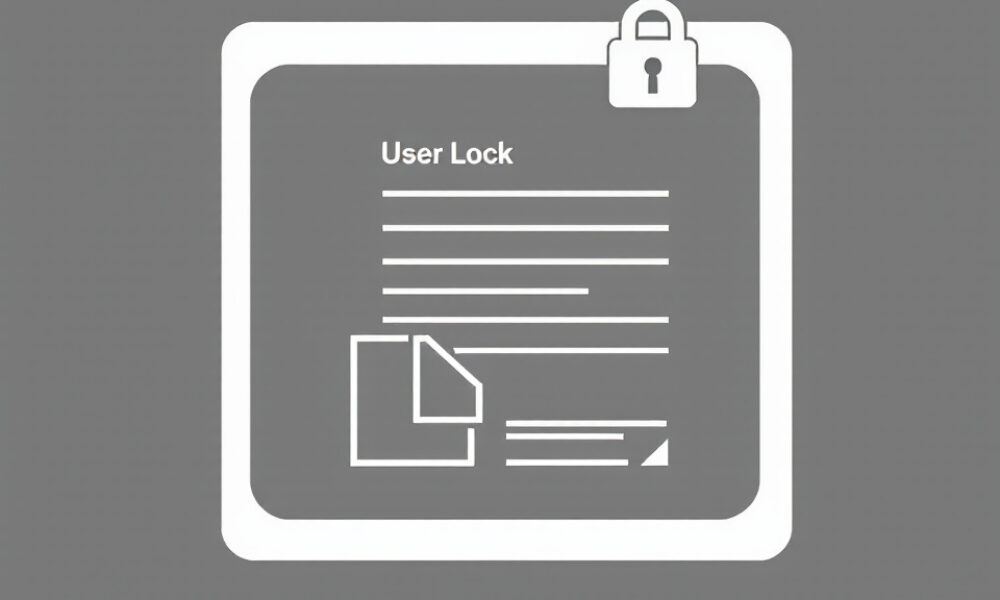
Against the backdrop of accelerating digital transformation, enterprises and institutions face unprecedented demands for data storage, management, and sharing. As a professional data management platform, the Virtual Data Room (VDR) has emerged as a critical tool for numerous industries to address data challenges, leveraging its powerful core functions. Whether ensuring data security, enhancing collaboration efficiency, or meeting compliance requirements, VDRs demonstrate irreplaceable value. Below is an in-depth analysis of the core functions of VDRs and their practical applications.
Multi-Tier Data Security Protection System
(1) Full-Link Encryption Technology
Data security is the foundation of VDRs. VDRs adopt bank-level encryption standards: during data transmission, SSL/TLS protocols ensure data is encrypted into ciphertext, making it unbreakable even if intercepted by hackers. At the storage level, high-strength encryption algorithms like AES-256 deeply encrypt static data, acting as an impregnable “digital lock” for information. For example, in cross-border transactions of financial institutions, sensitive data such as customer account information and transaction records are protected by VDR encryption, effectively resisting cyberattacks and safeguarding data assets.
(2) Dynamic Permission Management
VDRs support fine-grained permission allocation, allowing flexible setting of access rights based on user roles, departments, project stages, etc. Permissions range from read-only, edit to full control, ensuring each user only accesses authorized data. In enterprise M&A projects, due diligence teams may only have viewing rights to partial financial data, while core decision-makers enjoy complete operational permissions. Permissions can also be dynamically adjusted according to project progress—for example, automatically revoking relevant personnel’s access rights after a project ends—to minimize data breach risks.
(3) Anti-Leakage and Audit Trails
To prevent illegal data dissemination, some VDRs feature anti-screenshot and anti-download functions or add dynamic watermarks (containing user names, timestamps, etc.) to files, enabling quick source tracing in case of leaks. Additionally, the system meticulously records all user operations, forming complete audit logs—including login times, accessed files, and operation details—providing strong evidence for investigating and holding accountable data security incidents.
Efficient and Intelligent Collaboration Management Functions
(1) Real-Time Collaborative Editing
Traditional data sharing often suffers from version confusion and delayed feedback, affecting efficiency. VDRs support multiple users editing the same document, spreadsheet, or presentation online simultaneously, with modifications synchronized in real time. Operations by different users are color-coded for easy tracking and management. When an advertising agency plans a marketing campaign, copywriting, design, and planning teams can collaborate in the VDR, instantly exchanging revision suggestions and significantly shortening project cycles.
(2) Intelligent Document Processing
Leveraging Optical Character Recognition (OCR) technology and Natural Language Processing (NLP) algorithms, VDRs quickly identify and categorize various file types, supporting formats like PDF, DOC, Excel, and images. Meanwhile, AI-powered intelligent search locates required materials rapidly by keywords, tags, or file content, greatly enhancing data retrieval efficiency. In large construction projects, engineers can quickly retrieve necessary design drawings and technical documents through VDRs, accelerating project advancement.
(3) Multilingual Support and Translation
With accelerating globalization, cross-regional collaboration is increasingly frequent. VDRs support multilingual interface switching and embed intelligent translation functions, real-time translating document content, comments, etc., into specified languages. During international meetings or project collaborations in multinational enterprises, team members with different mother tongues can communicate seamlessly, effectively eliminating language barriers and improving collaboration efficiency.
Comprehensive Compliance and Audit Functions
(1) Regulatory Compliance Adaptation
Different industries and regions have strict regulations on data management, such as the Basel Accords for finance, HIPAA for healthcare, and China’s Data Security Law. VDRs embed compliance detection engines that automatically match relevant regulatory standards, conducting compliance checks on data storage, transmission, and usage to ensure enterprises’ data management activities adhere to legal requirements and avoid fines and reputational damage from violations.
(2) Electronic Signatures and Document Authentication
VDRs support electronic signature functions, ensuring the authenticity and legal validity of signatures through digital certificates and other technologies. In scenarios like contract signing and document approval, users can complete electronic signature processes directly within the VDR, eliminating the need for physical document delivery, saving time costs, and guaranteeing document integrity and legality. The system also records file versions, signing times, etc., for subsequent audit and verification.
(3) Data Audit and Report Generation
VDR audit functions serve not only for tracing security incidents but also for generating compliance audit reports. Enterprises can export reports containing user operation records, data access status, permission allocation, etc., for internal review or submission to regulatory authorities. In annual audits of listed companies, detailed audit reports provided by VDRs help enterprises pass regulatory inspections quickly.
Flexible Customization and Integration Capabilities
(1) Personalized Customization
Enterprises have diverse data management needs, and VDRs support personalized customization of interface styles, operation processes, functional modules, etc. Enterprises can tailor folder structures, permission templates, approval processes, etc., according to their business characteristics to build exclusive data management platforms. For example, manufacturing enterprises can deeply integrate production data management processes with VDRs to enhance the pertinence and practicality of data management.
(2) System Integration
VDRs feature good openness and can integrate with enterprises’ existing ERP, CRM, OA, and other systems to achieve seamless data flow. Through API interfaces, enterprises can synchronize data from VDRs to other systems or retrieve data from other systems into VDRs for management and collaboration. In retail enterprises, after integrating VDRs with CRM systems, sales personnel can directly access customer data in VDRs to provide more precise services.
With core functions including data security protection, efficient collaboration management, compliance audit, and flexible customization/integration, Virtual Data Rooms provide comprehensive data management solutions for enterprises and institutions. From finance and healthcare to law and manufacturing, VDRs are reshaping the new paradigm of data management and collaboration. In the data-driven era, choosing a VDR lays a solid foundation for enterprises’ digital transformation and stable development.
bestCoffer AI Redaction: Securely Share Your Confidential Files
Get in touch with bestCoffer to find out how we can support your business.